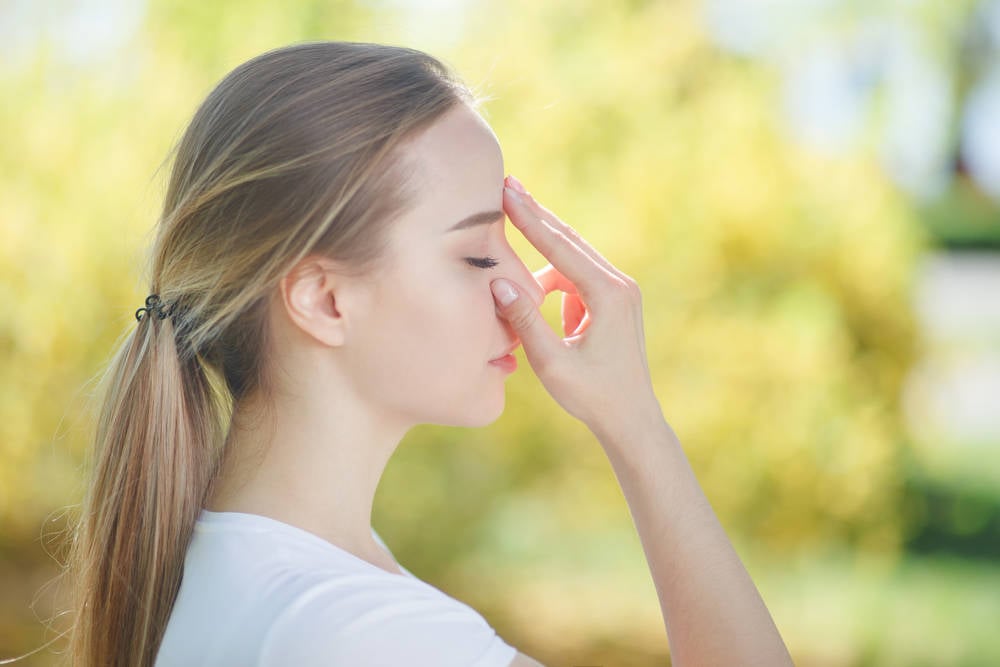The life we lead, sometimes, can cause us anxiety and even stress. The solution is to always consult a professional if you find yourself in such a situation. But, it should be noted that there are breathing techniques and meditation exercises that can help you relax and manage these kinds of things more effectively as they emerge.
How to Apply Breathing Exercises
Respiration is one of the basic functions of the body that allows us to obtain the oxygen necessary for survival. Sometimes, accelerated patterns can develop which makes it difficult for oxygen to enter the body correctly, either due to stress, fear, or anxiety.

Because of this, it is crucial to practice breathing: learning to do it the right way can help reduce these stress levels, reduce insomnia, headache, asthma, hypertension, phobias, and sexual dysfunctions, among many others.
Apply the following breathing techniques to help you relax both your mind and body.
Deep Breathing
It helps to reduce anxiety following a condition of stress or after using too much effort. It is based on taking breath in via the nose, holding it in the lungs, and exhaling through the mouth. Each step should take approximately four seconds.
Read also: Here are the Best Office Stretching Exercises to Consider
Alternate Breathing Through the Nostrils or Nadi Shodhana
This technique is usually used in yoga, first, we proceed to cover one of the nostrils to inhale deeply through the free nostril. After inhalation, the nostril through which the air entered is covered and the other is uncovered, through which it will be exhaled. The same process is then carried out once more, beginning with the opposing nostril.
Abdominal Breathing

In order to do this, it is ideal for you to be seated comfortably. First, take a four-second deep breath in through your nose, holding the air for a few seconds and gently exhaling it through your mouth. You can determine if the air is being carried properly by placing one hand on the chest and the other on the stomach. The hand on the chest should not move when inhaling, while the air carried to the belly should be felt.
Breathing for Anger Control
For this exercise you will exhale with force, emptying the lungs as much as possible in a long and powerful exhalation. Then we will inhale when the body needs it. This exercise can be repeated until the pressure decreases.
Guided Visualization
This technique focuses on peace of mind. A deep breath is taken while a therapist or some recording indicates and guides us in our thoughts or images that we should imagine. This technique is also used in mindfulness.
Jacobson's Progressive Muscle Relaxation

With the eyes closed and a comfortable posture, deep and regular breathing is maintained. Then, a tour is made through the set of muscle groups of the body. Each muscle group will be tightened for three to ten seconds at a time, followed by ten to thirty seconds of rest before repeating the exercise three times.
Also read: 5 Recipes to Exfoliate Your Skin With Baking Soda
Relaxation will begin at the ends furthest from the center of the body, all the way to the head. Thus, relaxation will begin with the feet, then legs, buttocks, hands, arms, back, chest, neck, jaw, and finally head. This breathing technique should be done with some caution.
Bottom Line
Routine, work, and day-to-day issues can generate stress and anxiety. These are some of the breathing techniques that can help you in times of anxiety or stress.
Adapted and translated by The Cop Cart Staff
Sources: Bioguia







